The 1908 Metropolitan Opera House on North Broad Street is undoubtedly a preservation success story. The Met, as its affectionately called, was recently rehabilitated and reopened with thanks, in part, to the federal historic tax credit program.
The Met’s History
The Metropolitan Opera House is located on North Broad Street in Philadelphia between Center City and Temple University. Designed by William H. Elfatrick in a Neoclassical style, the Met was built of ivory white Philadelphia pressed brick, terra cotta and white marble in 1908 by Oscar Hammerstein I, the grandfather of celebrated musical lyricist and producer Oscar Hammerstein II.
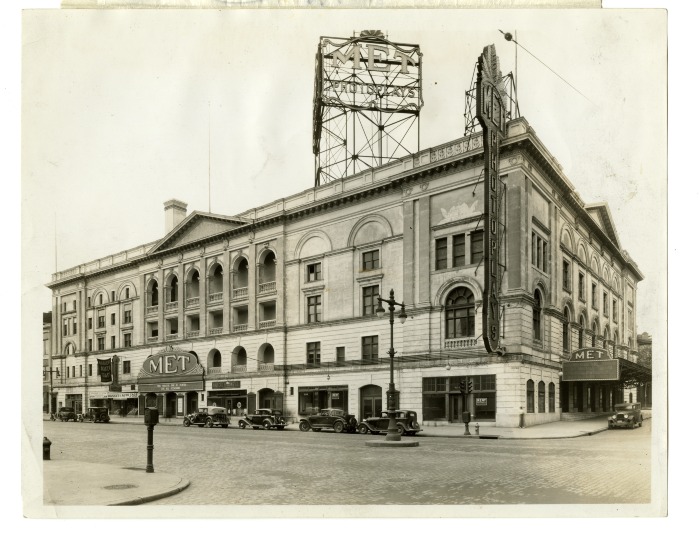
The Opera House opened April of 1908 in popular demand and hosted performances by all the major operatic stars of the era such as Mary Gareden, Melba Tetrozzini, Farrar, Cavaliere, McComack, and Caruso. Philadelphia’s most prominent figures could be seen attending the many events within the Metropolitan Opera House’s season. You can read more about its history here.
The 4,000-seat theater was one of the largest of its kind in the world but quickly fell on misfortune and was used as a movie theater, a basketball and boxing arena, a vocational school in the 1940’s and 50’s and finally as home to the Church of the Holy Ghost from 1997 to the present.
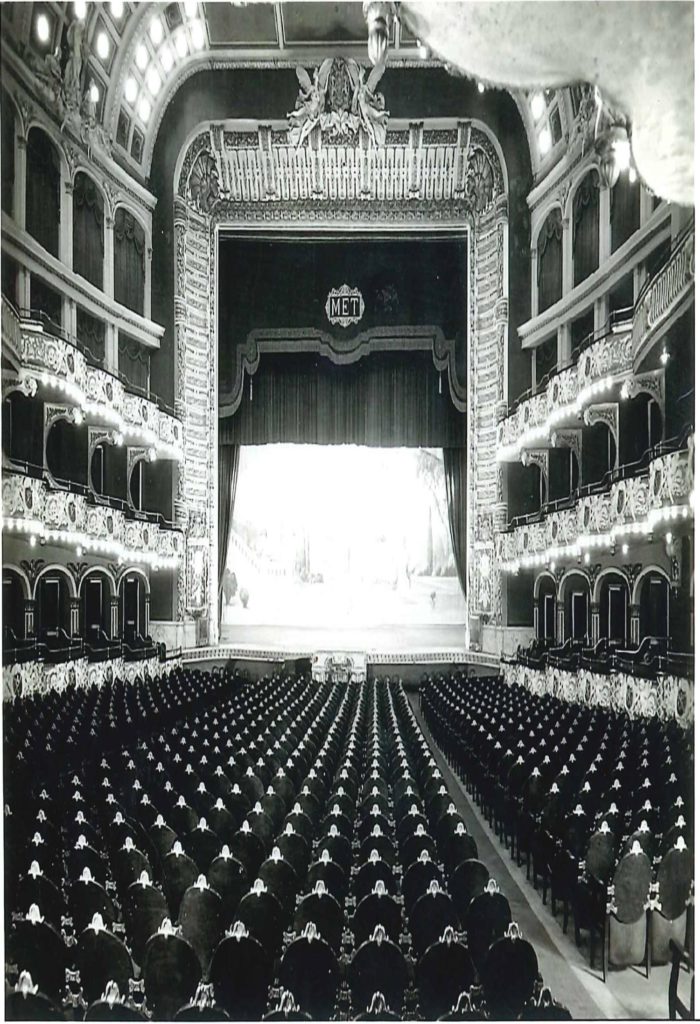
The elaborate interior and monumental exterior made the building known as an historical artifact for the Philadelphia region. The building was individually listed in the National Register of Historic Places (Key #001421) on February 2, 1972 for its architecture and musical history.
Pre-Rehabilitation
As many historical buildings experience, with the decline of use came a decline in appearance and maintenance for the Metropolitan Opera House.
The highly detailed interior was decaying due to moisture invasion as were the failing exterior facades, roof, and windows. The building was declared imminently dangerous by the city in 1996, but Holy Ghost continued to stabilize the building from 1997-2013 and used the auditorium, albeit with netting suspended over the seating area to catch ornamental plaster as it fell from the ceiling above.
This 2012 article from Hidden City has some great photos that show the pre-rehabilitation conditions.
Due to the Met’s historic status and location, as well as an increased need for concert venues within Philadelphia area, a potential reuse plan was developed. The pro forma included the use of the federal Historic Rehabilitation Tax Credit program, which was vital to the overall financing package. Historic tax credits encourage private sector investment in the rehabilitation and re-use of historic buildings and is one of the most successful and cost-effective community revitalization programs.
Rehabbing the Met
Between 2013-2018, Holy Ghost Church and developer Eric Blumenfeld partnered on a $56 million dollar rehabilitation of the Met Opera House. The work included masonry repairs, window and roof replacement, and a full restoration of the ornamental plaster proscenium, sail loft and ceiling, and installation of state-of-the-art sound, acoustical and lighting systems.
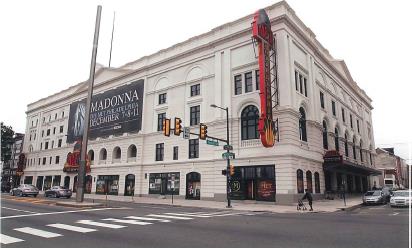
The project had many challenges, such as the replication and craftsmanship of the highly detailed interior features, size of the overall project with construction schedule and budget, and visible differences between historic and new materials and finishes. The amount and scale of plaster molds and scaffolding for the interior work was astonishing by itself, nevertheless meeting the acoustic requirements for today’s standards within the 112-year-old Opera House.
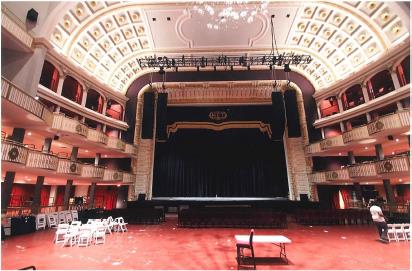
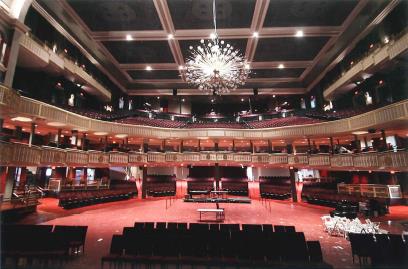
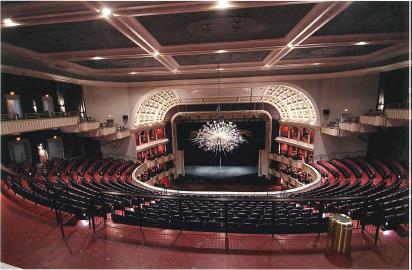
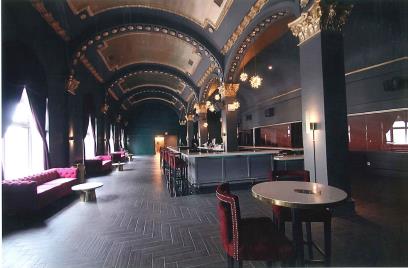
A positive aspect with the project was that the building’s program as a music venue remained the same, so retention of existing historic large open spaces was not an issue for the proposed rehabilitation work. The project team received their Part 3 approval certification from the National Park Service on August 14, 2019 as the completed work met the Secretary of the Interior’s Standards for Rehabilitation.
The Met Reopens
Now operated as the Met Philly by concert promoter Live Nation, the Met is the premier live performance venue in Philadelphia. It reopened on December 3, 2018 with a concert by Bob Dylan and is the crown jewel of North Broad Street’s renaissance which has seen a continued revitalization through several other major redevelopment projects.
Overall, this was a great project and preservation success for the City of Philadelphia and Commonwealth of Pennsylvania, thanks in part to the historic tax credit program.
If you would like to know more about the historic tax credit programs available to rehabilitate historic buildings in Pennsylvania, please visit our website or contact me at smassey@pa.gov.
Shawn Massey is a graduate of the Temple University Architecture School professional program and the architect/designer for the Pennsylvania State Historic Preservation Office. He is a resident of Manchester, PA and strong supporter of building design that focuses on sustainability, historic preservation, and site/community analysis.
Comment Policy
PHMC welcomes and encourages topic-related comments on this blog. PHMC reserves the right to remove comments that in PHMC’s discretion do not follow participation guidelines.
Commenters and Comments shall be related to the blog post topic and respectful of others who use this site.
Commenters and Comments shall not: use language that is offensive, inflammatory or provocative (this includes, but is not limited to, using profanity, obscene, or vulgar comments); disparage other commenters or people; condone illegal activity; identify the location of known or suspected archeological sites; post personal information in comments such as addresses, phone numbers, e-mail addresses or other contact details, which may relate to you or other individuals; impersonate or falsely claim to represent a person or an organization; make any commercial endorsement or promotion of any product, service or publication.
If you would like to comment on other topics not related to this blog post but related to PHMC, please fill out the PHMC Contact Us Form.
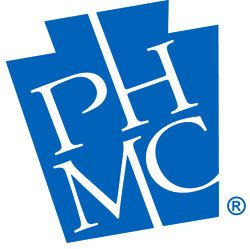
Hi
Are there records of all operas performed there and the cast names?
Looking for operas in which my father would have performed in late 30’s, early 40’s.